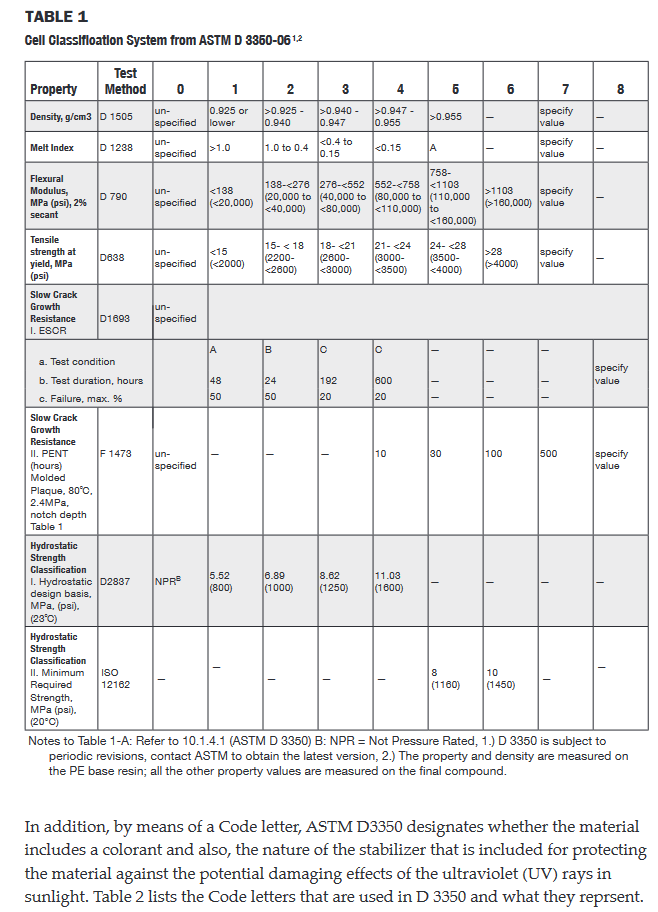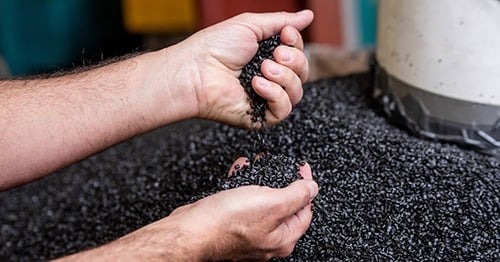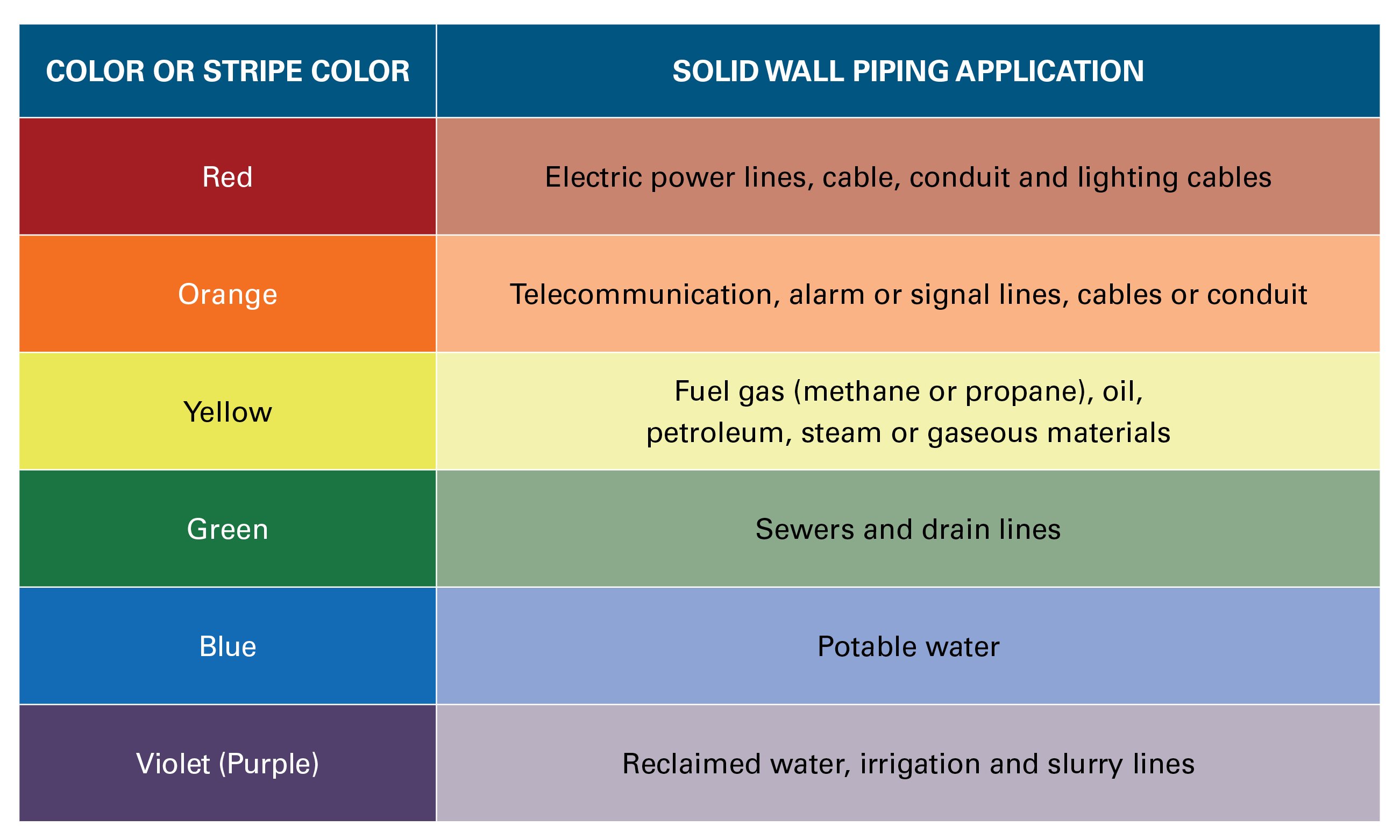HDPE conduit offerings are ample and abundant. From coloring to packaging, buyers have numerous choices and customization options to meet their needs. To educate buyers and provide an overview of commonly requested HDPE piping information, the Plastics Pipe Institute (PPI) of Irving, Texas, has published a listing of Frequently Asked Questions on their website. Below are some excerpted PPI FAQs related to HDPE composition, classification and customization.
HDPE Composition and Classification
What is HDPE?
HDPE is the abbreviation for High Density Polyethylene, the preferred and most commonly used material to make conduit. HDPE is a polymer composed primarily of ethylene and is different from polyvinyl chloride (PVC), polyethylene terephthalate (PET) and polypropylene (PP) plastics. HDPE is strong, tough, durable, flexible in all weather, and never gets brittle. These characteristics make it the ideal choice for conduit products. For more detailed information related to the physical properties of HDPE refer to PE Handbook of PE Pipe - Chapter 14 on Duct and Conduit - Section 7.
What does the cell classification of HDPE mean?
The cell classification is a method of identifying and specifying the raw material properties of HDPE Conduit. Cell Classification is a series of six numbers and one letter which describe the properties of the resin per standard specification ASTM D3350. The numbers, in order, represent the density, melt index, flexural modulus, tensile strength, slow crack growth, hydrostatic design basis, and the letter represents whether the material is black or colored. It is used in the industry standards to specify the minimum properties of acceptable materials to be used in the fabrication of conduit. As the cell classification is specified within these standards, it is typically not required to specify the cell classification of the material if you are already specifying conduit that conforms to any of the ASTM, NEMA, UL or CSA conduit standards. PE Handbook of PE Pipe - Chapter 14 on Duct and Conduit - Section 7 provides additional classification information for conduit.

Pipe Colors, Packaging and Pre-rigging
What colors are available?
HDPE pipe coloring is fully customizable; however certain common coloring and striping exist to designate known industry-standards and recommended uses. Orange is used for telecommunications, and red or black with three red stripes for power applications. Yellow is used for fuel gas and green for sewer and drain lines. Blue piping is typically used for potable water and purple for reclaimed water, irrigation and slurry lines. Black is recommended for any application where the conduit is exposed or stored over a long time period to sunlight as Carbon Black additives provide extended UV protection. See PPI Statement V - Recommended Color Code for Solid Wall Plastic Pipe and Conduit position statement for more information on pipe coloring.
Can conduit be ordered with more than one conduit and/or color per reel?
Yes, conduit can be ordered with more than one conduit and color per reel. Manufacturers provide special packaging called paralleling and segmenting. Conduit that is parallel packaged can have two or three different colors per reel. Figure 3 in the PE Handbook of PE Pipe – Chapter 14 on Duct and Conduit – Section 6.3 includes photos of reel parallel wrapping and segmenting.
Can a pull tape be installed in the conduit at the factory? Can cable be installed in the conduit at the factory?
Some customers require/request pre-installation of pull media (tape or rope) or cabling into conduit. Manufacturers can install pull tapes from polypropylene rope to Kevlar that are pre-lubricated, measured and marked. During the conduit extrusion process, pull lines or cabling is inserted into piping at the same rate as the HDPE tube is extruded providing a continuous pull line or cable inside the conduit.
About United Poly Systems
HDPE pipe is durable, flexible, and corrosion-resistant option for public utilities and power, to telecommunications and beyond. The market for HDPE pipe continues to grow as initiatives to improve, repair and expand infrastructure are implemented. HDPE conduit can be installed quickly and easily via directional drilling, trenching, micro-trenching and plowing.
UPS’ off-the-shelf HDPE conduit/pipe is available in a variety of sizes, colors, dimensions and lengths, with or without stripes. In addition, UPS can customize the pipe's diameter, thickness, color and other options to suit your project and can manufacture custom lengths to maximize footage and reduce connections.


